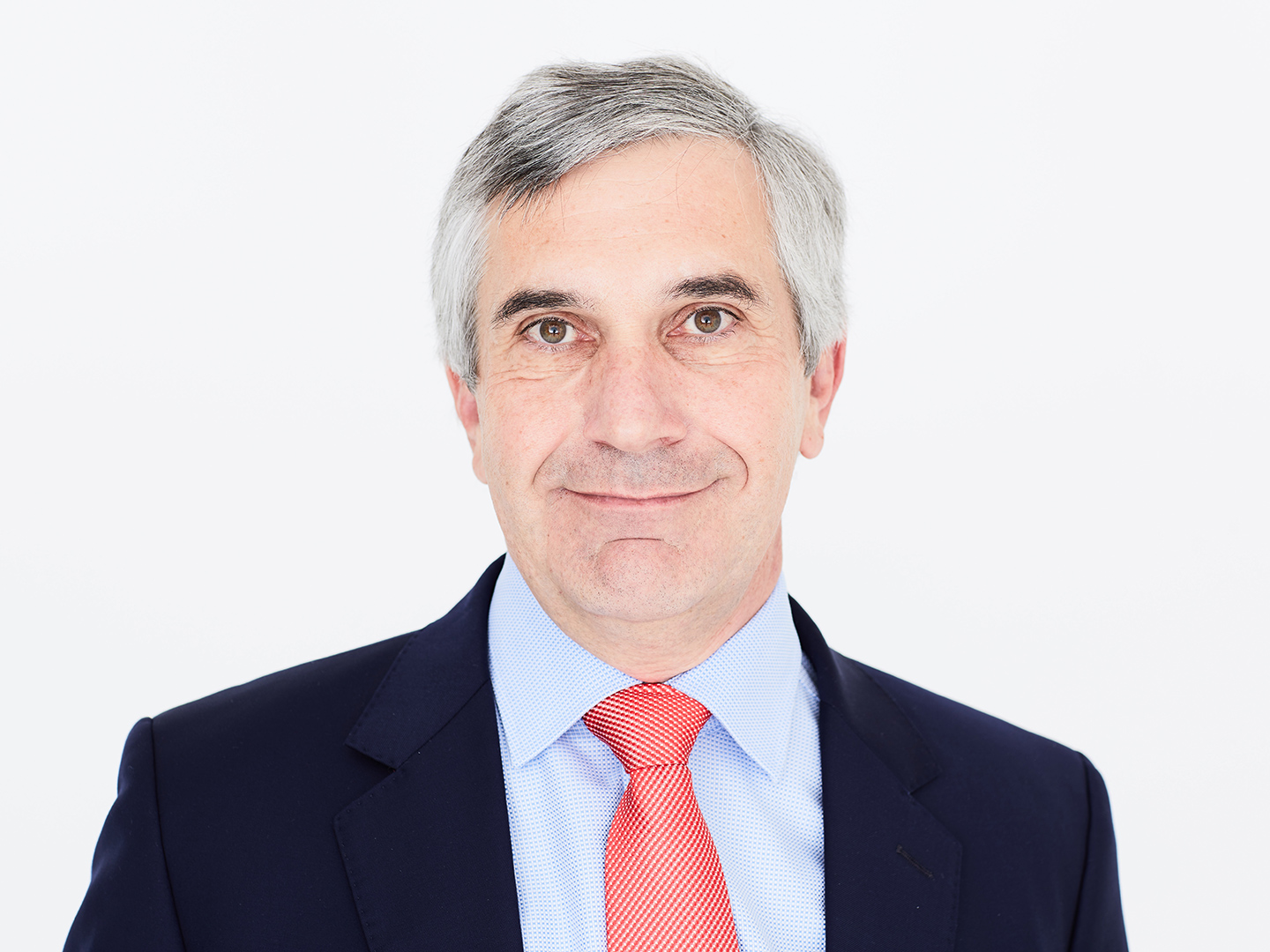... Dr. Markus Oles, Overall coordination Carbon2Chem® | Focus on industry
Interview of 22.07.2020
What has been achieved so far in the Carbon2Chem® joint project?
Markus Oles: We have set up a functioning technical shop with a 2 megawatt electrolysis plant capable of alternating loads. We have succeeded in linking the industrial sectors of steel, chemicals and plant construction in a real production environment and in doing so have demonstrated both the high level of technological maturity and the economic efficiency of the processes. The basis for this is a unique cooperation between various industries and research institutes with the common goal of using CO2 as a raw material. This is ultimately the reason for the high acceptance of the project in politics and the public.
What were the highlights?
Markus Oles: Definitely the opening event with the world's first production of methanol from steel mill gases. Another highlight is certainly the fact that we were able to demonstrate the alternating load capability of our electrolysis. I was also pleased to see that our project also demonstrated a real effect and sustainable CO2 savings in the life cycle analysis.
What were the biggest challenges?
Markus Oles: A major challenge lies in the complexity that arises from the integration of different industries. One of the difficult tasks that we have successfully mastered is to ensure sufficient planning reliability in such a context. On a technical level, dealing with the volatile energy supply from renewable sources was a challenge.
What next steps are planned?
Markus Oles: The most important next step is now to show that our solutions are robust and can be operated for long periods in the complex environment of an integrated steel mill. This creates the conditions for investing in large plants. We also want to extend Carbon2Chem® solutions to other industries with high CO2 emissions, such as the lime industry or mill incineration plants. For this purpose, we want to build a demonstrator that achieves significant CO2 savings. In this way, we are closing the carbon cycle even further. In addition, the direct reduction technology with its modified steel mill gases is to be included in the concept. Finally, we also want to embark on a transformation path towards large-scale industrial application. The framework conditions: maximum CO2 savings and financial feasibility.
 Fraunhofer Institute for Environmental, Safety and Energy Technology UMSICHT
Fraunhofer Institute for Environmental, Safety and Energy Technology UMSICHT